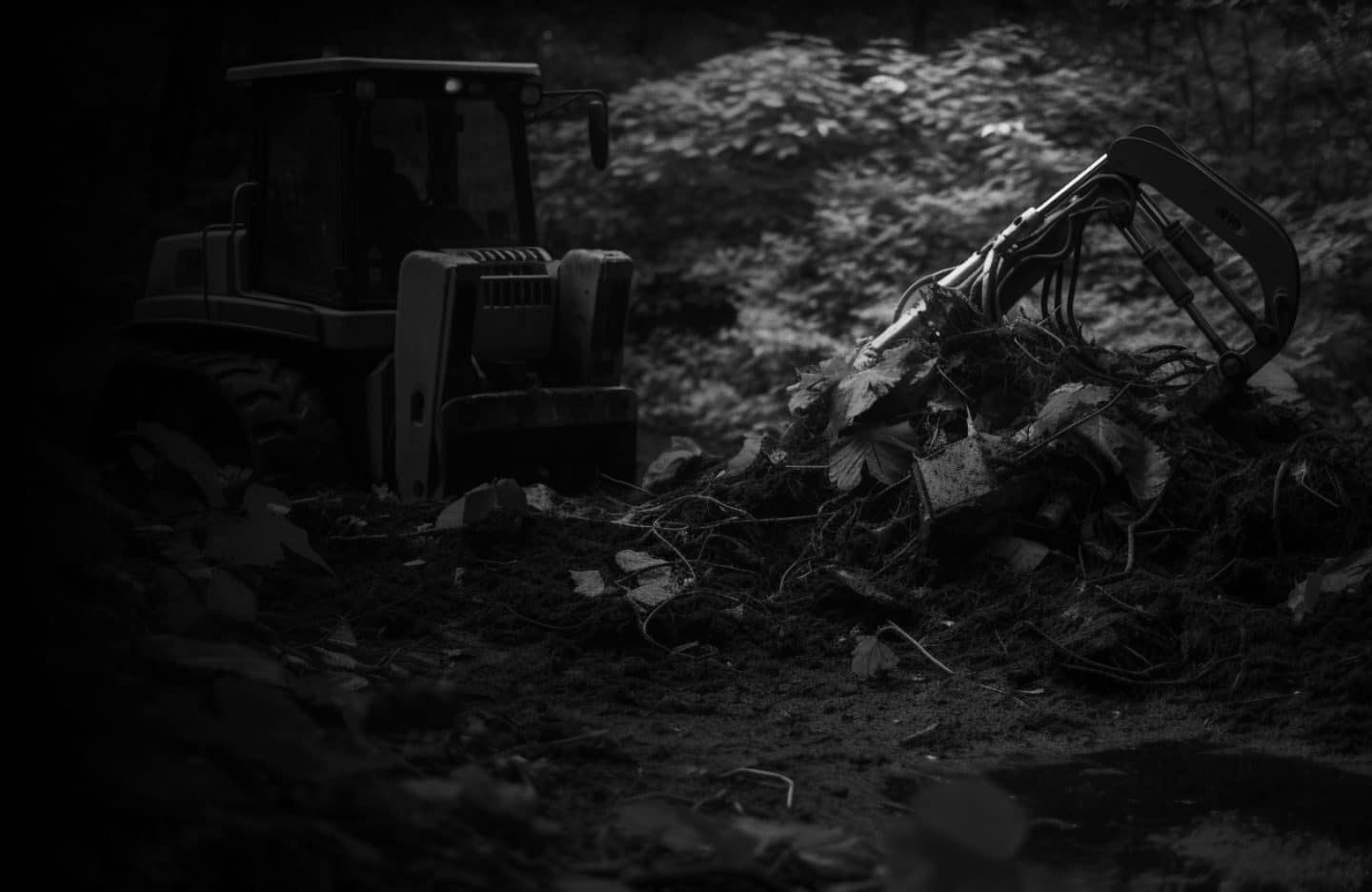JKSL Domestic Solutions


0161 723 2000
8AM to 5PM


Japanese knotweed is one of the most rapidly spreading problem plants in the UK today, through a combination of its ability to grow from the smallest of fragments and to establish new growth in a wide range of ground conditions. Without timely measures to manage the weed, it can cause major damage to houses, walls and drainage systems.
Japanese knotweed roots can penetrate as far as 3 metres deep and spread up to 7 metres in all directions. In less than 10 weeks, it can grow to a height of 3 metres, with Knotweed becoming harder to control the longer it is ignored at the early stages of growth.
Japanese knotweed was introduced to the UK in the 1850s from, as its name would suggest, Japan. Originally enjoyed for decorative purposes and to stabilise railway embankments, it has light green speckled pink-red bamboo-like stems. Due to the rapidity of its growth and the ease of which it will spread from the tiniest of fragments, the plants soon spread beyond their original location. The plant may appear to die off during winter, but the rhizome remains dormant under the ground, giving rise to new shoots in the Spring.
Japanese knotweed growing near perimeter walls or buildings can cause cracks in brickwork or piping, especially by exploiting points of weakness along the wall. The rhizome system has the tendency to grow into cracks in damaged hard structures, such as poorly laid concrete or pipework. The growth can also block out natural light and affect ventilation to buildings, especially on ground floors. The rhizome poses a threat to underground infrastructure, with the roots able to infiltrate and crack pipework around the house. It may also even interfere with electric and other forms of cabling underground.
Controlling Japanese knotweed on a property can be expensive. Building projects under construction or houses being sold, will need to ensure their land is Japanese knotweed free. A management plan for the plant must be drawn up and implemented, delivered by a recognised and professional company, as treating it yourself can lead to further spread. Therefore, most buyers will be unlikely to buy a property that has a current Japanese knotweed infestation until it is undergoing a recognised treatment programme.
Japanese knotweed has been one of the reasons that mortgage providers are hesitant to lend on properties. Additionally, local authorities have been known to refuse planning permission for plans within infested areas. This is because any soil movement within an area of infestation will only encourage the plant to spread further.
The effects of the plant on property, property values, mortgage lenders and insurers, are clearly evident, so it’s vital that if you believe you may have Japanese knotweed present on your site, that you receive professional support with the correct identification and treatment. For more information on a range of services that JKSL can provide to ensure that we put an end to any potential Japanese knotweed building damage, please get in touch today.
